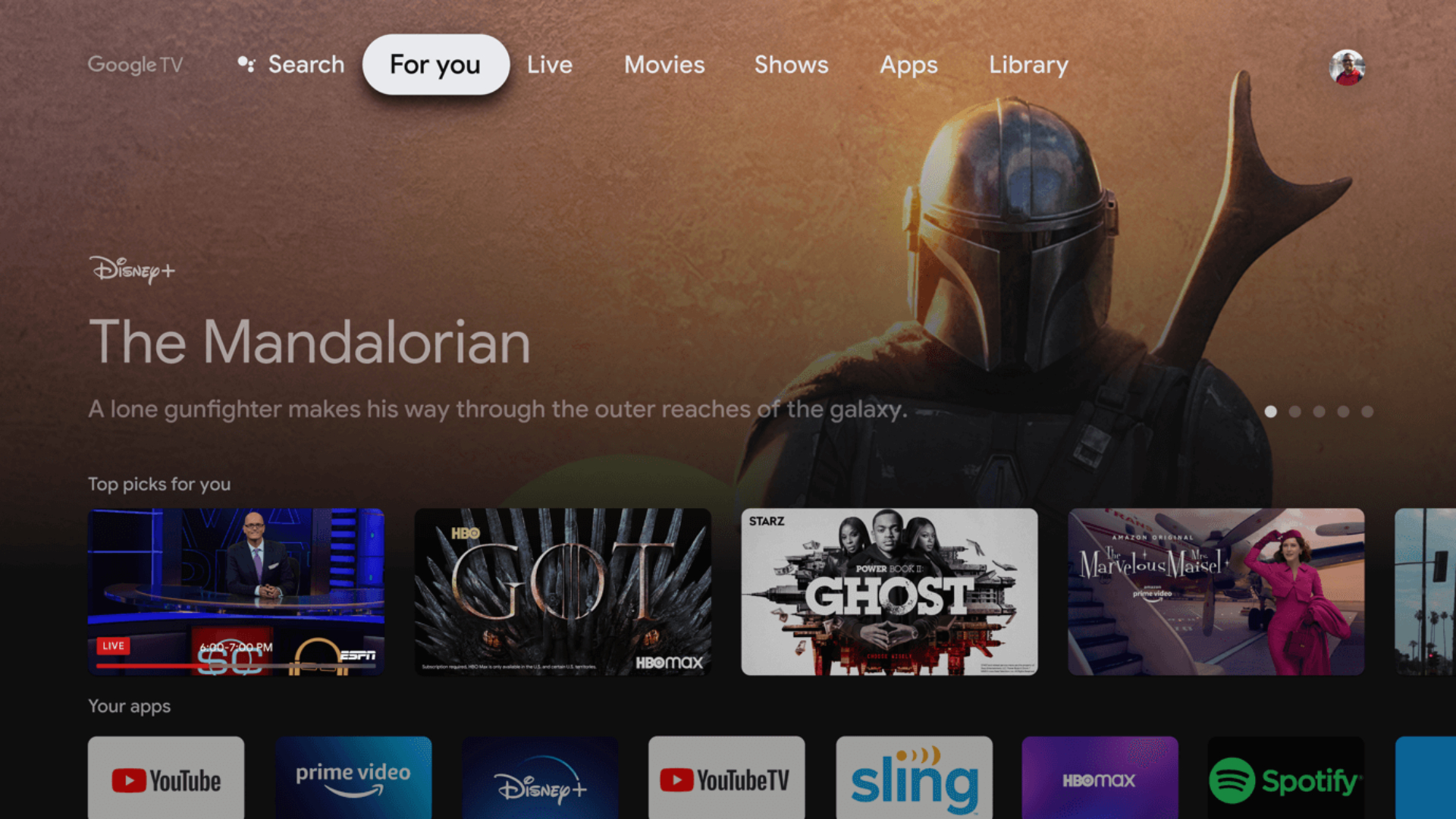Affiliate links on Android Authority may earn us a commission. Learn more.
The best TV announcements at CES 2021
January 13, 2021
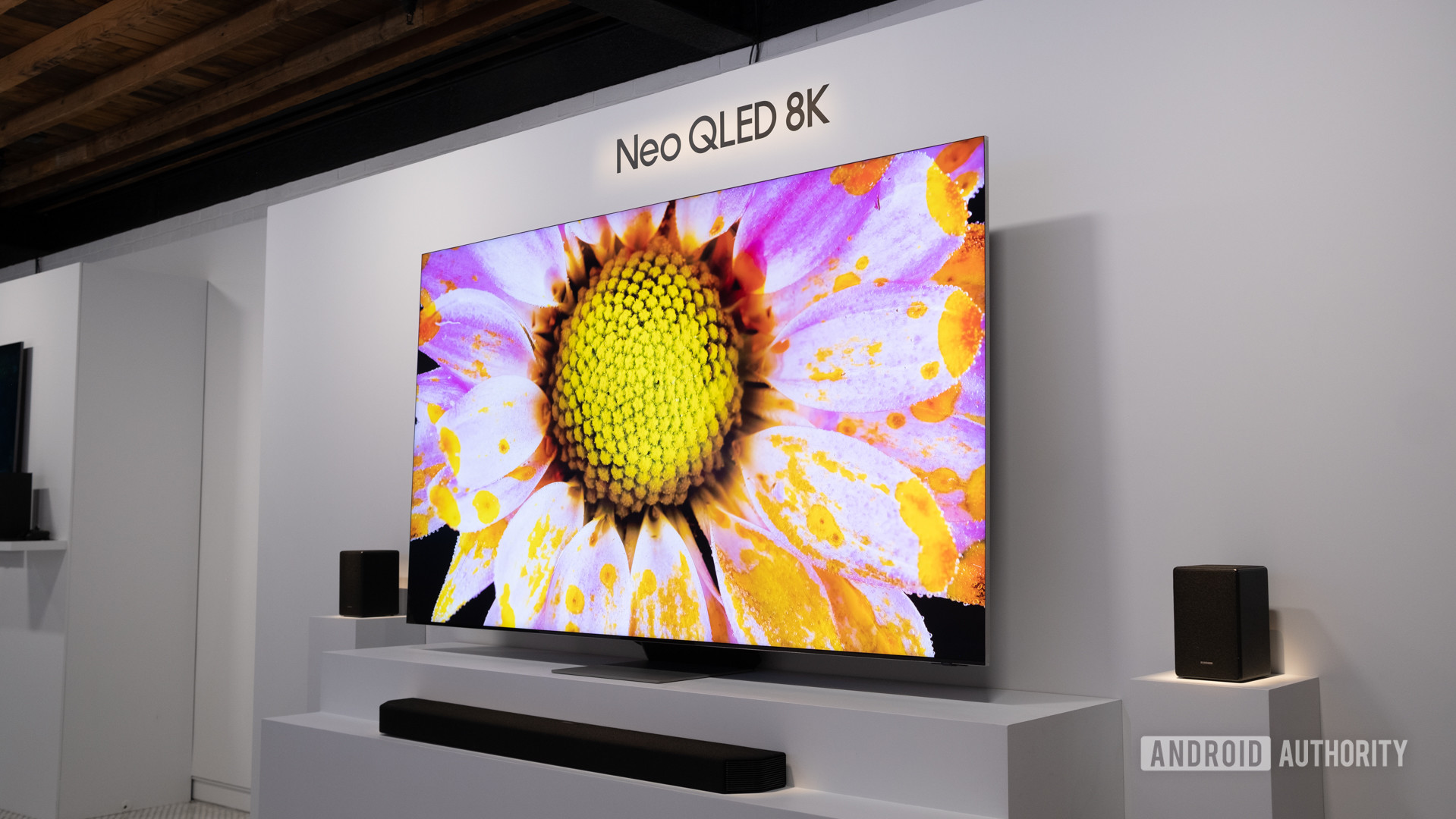
Despite going digital this year, CES 2021 has been its usual showcase for all the latest and greatest advancements in technology, including TVs. You’ve no doubt spent more time than usual in your living room this year, so a swanky new TV might be a worthwhile investment in 2021. And there are plenty of new ones fresh out of CES 2021.
In our round-up, we’re recapping some of the biggest and most promising announcements in the TV space from the big brands at CES. You’ll want to keep an eye on these models when they hit the store shelves later in the year.
LG – improved OLED and QNED displays
LG made plenty of TV-related announcements at CES 2021, ranging from a new mini-LED technology called QNED to premium OLED sets, and weird and wonderful concept displays. LG has a huge range of new TV options, so which should you really keep an eye on? Personally, I’m torn between two of the company’s latest technologies.
At the high-end, LG has a new OLED TV line-up spanning three ranges. The G1 series sits in the middle and is the one most consumer may opt for. It comes in 55-, 65-, and 77-inch sizes and utilizes LG’s next-gen OLED Evo panel technology. OLED Evo is designed to improve screen brightness compared to LG’s previous-gen OLED TVs, which is a big win for HDR content lovers.
LG’s entire 2021 OLED series includes an Alpha 9 Gen 4 AI chip too. This uses deep learning to optimize picture quality and reduce noise. Other features include a Game Optimizer mode, Google Stadia cloud gaming built-in, AI Sound Pro, variable refresh rates with FreeSync and G-Sync, and HDMI 2.1 functionality. Of course, all those top of the line features will come at a steep price, but we’re waiting on the final tally.
Related: Android TV vs LG’s WebOS
I also want to give a quick hat tip to LG’s new QNED Mini LED technology and televisions too. While not as fancy as its OLED range, QNED bridges the contrast gap between LED and OLED, making it a great affordable option with high-end picture quality. It’s arguably the bigger game-changer for most consumers. The TVs include a full suite of 4K and 8K resolutions, 120Hz refresh rates, and advanced local dimming technology. QNED could be the way to go if you want an 86-inch 8K LG TV but don’t fancy paying expensive OLED prices.
Samsung – 110-inch Micro LED madness
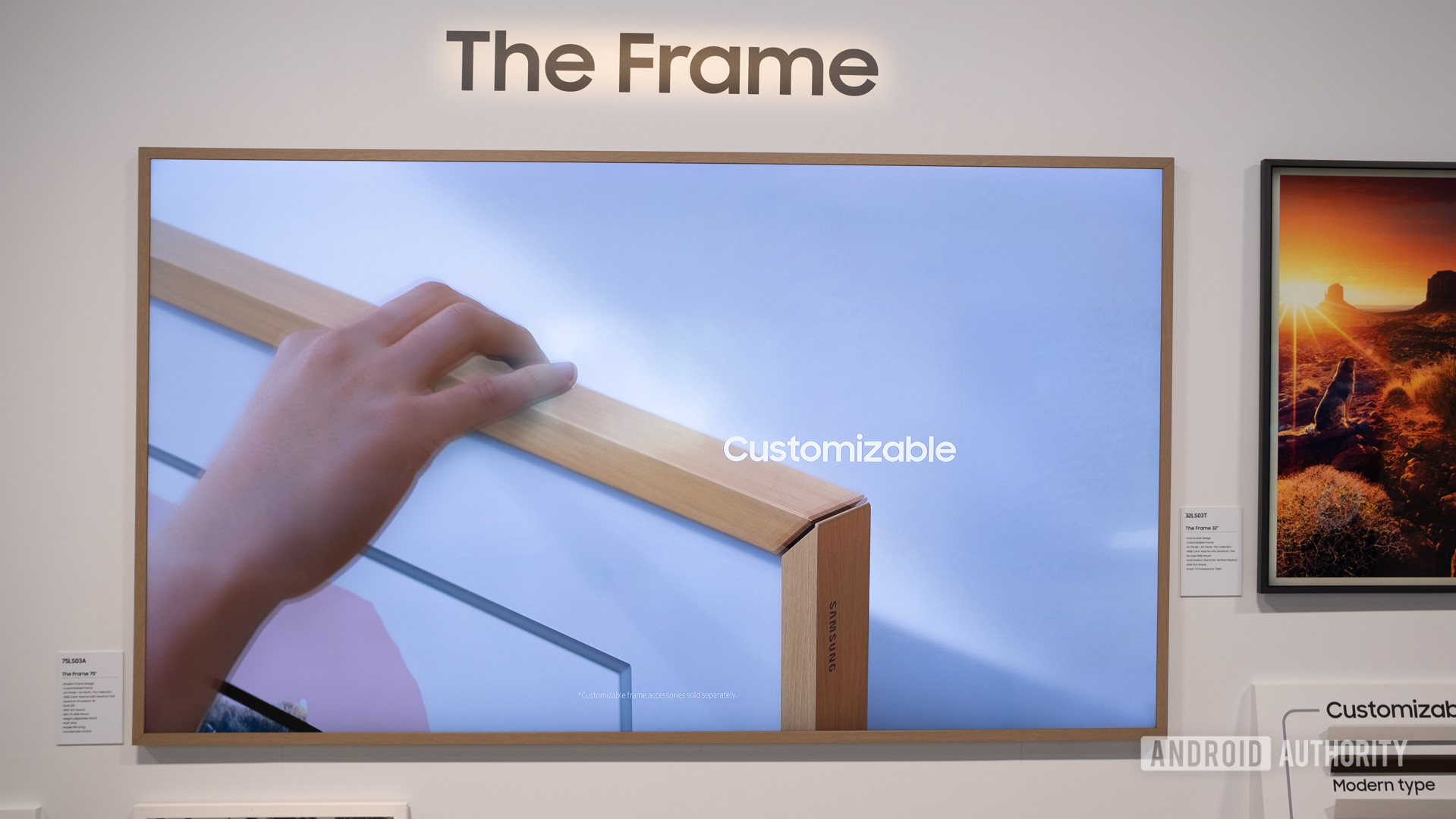
Not to be outdone by LG, Samsung unveiled a monstrous 110-inch 4K television at CES 2020, powered by its next-gen self-emissive Micro LED technology. This is an evolution of the same tech the company showed off in 2018’s modular display known as “The Wall”.
We’re still waiting on the price, but this next-gen, miniaturized technology will be well out of most consumer price ranges. Think tens or even hundreds of thousands of dollars. We’re definitely not highlighting this product for its mass-market appeal. Rather it’s another milestone on the long road that will hopefully see Micro LED’s improvements over OLED finally realized in meaningful products. Hitting 100% of the DCI and Adobe RGB color gamut, a sleek 99.9% screen-to-body ratio, and displaying four content streams at once are pretty desirable TV features, after all.
Read more: LG QNED vs Samsung Neo QLED next-gen display tech explained
Samsung is gradually proving that Micro LED is finally leaving the concept stage. For a start, the 110-inch model comes fully assembled out of the box this time, unlike The Wall. Micro LED is also coming to slightly more “conventional” sizes with 99- and 88-inch televisions arriving later in the year.
That said, we’re still a way away from mass consumer Micro LED. While we save up, we’ll make do staring in awe at Samsung’s latest TV behemoth when it hits store shelves in the coming months.
Sony – smart software powering Bravia
Sony has a whole host of new televisions heading our way in 2021. Including 8K LED, 4K OLED, and 4K LED models, going head to head with options from LG and Samsung. There are simply too many models to dive into here, so instead let’s take a look at the Bravia XR range, which packs in Sony’s most interesting TV technology.
All five of Sony’s new Bravia XR models feature 4K 120Hz support, variable refresh rates, and an auto low latency mode for gaming. They’re also compatible with Google Assistant and Amazon Alexa hands-free features. Sony is also debuting its Bravia Core streaming service with these new TVs, granting access to films from Sony Pictures Entertainment.
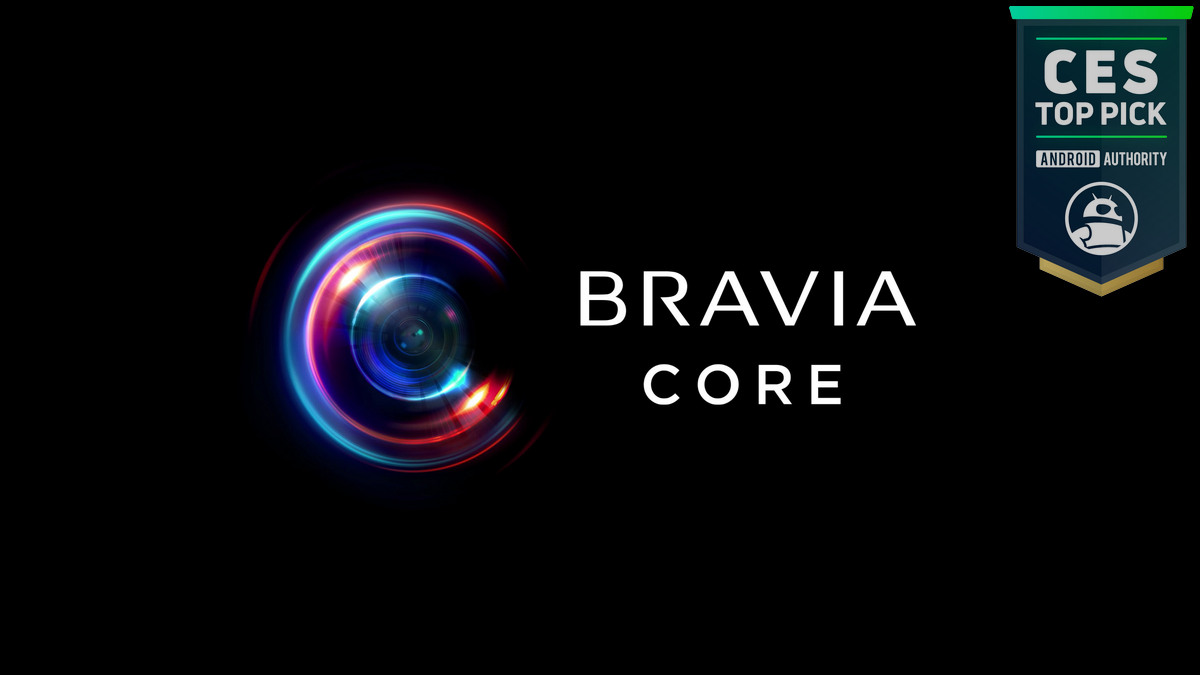
Sony Bravia Core has won Android Authority‘s CES 2021 Top Picks Award for Best TV Innovation. Check out all the awards here.
What more could you want? How about some extra AI smarts thanks to Sony’s new Cognitive Processor XR?
The Cognitive Processor XR builds on Sony’s previous AI processing capabilities for color and brightness enhancements. This latest iteration splits the entire screen into focal point zones, tweaking color, contrast, detail, and even 3D audio surround sound to improve your viewing experience. Sony believes that enhancing specific areas of the frame rather than the whole image will lead to better image quality and a more life-like viewing experience, my mimicking how humans perceive the world around them. It’s definitely an interesting next-gen take on machine learning assisted image enhancement, and we’re excited to see how well it works on real content.
In related Sony TV news, its latest Bravia line-up will also be powered by the Android TV interface that debuted with the latest Google Chromecast. This could be a deciding factor if you prefer Google’s new intelligent interface over Web OS, Tizen, or Roku.
TCL – making 8K more affordable
4K is increasingly old news in a television market that is quickly adopting 8K. Despite the lack of native content shot and distributed at this extreme resolution. So far, 8K has been an expensive and somewhat unnecessary luxury, but it’s about to become a more affordable future-proof option. For that, we turn to TCL’s 2021 televisions and the announcement of an 8K update to its 6-series range.
The 6-series 8K uses the company’s mini-LED (not to be confused with micro-LED) backlight technology for a high-quality image without breaking the bank. TCL’s critically acclaimed mini-LEDs powered its previous generation of affordable 4K sets. Mini-LED local dimming provides excellent contrast and deeper blacks, while quantum dot technology improves LCD color reproduction. It’s not quite OLED but definitely helps LED close the longstanding quality gap.
These 8K models are paired with TCL’s AIPQ upscaling engine, 120Hz variable refresh rates, Dolby Vision and HDR10+ support, Alexa and Google Assistant voice assistants, and the popular Roku operating system. That’s pretty much everything you’ll want from a high-end television. Unfortunately, we don’t know the price, yet. But we’re betting it will cost less than 8K models from the likes of Samsung.
See also: Google Chromecast with Google TV review: The best streaming dongle
While we’re on the topic, although the 6-series will be sticking with Roku, TCL is the second Android TV OEM after Sony to announce that it’s adopting the new Google TV UI for some of its upcoming televisions. The interface will be making an appearance across some of TCL’s future product line, including in its 8K, mini-LED, and QLED ranges.
Panasonic – smarter, brighter OLED
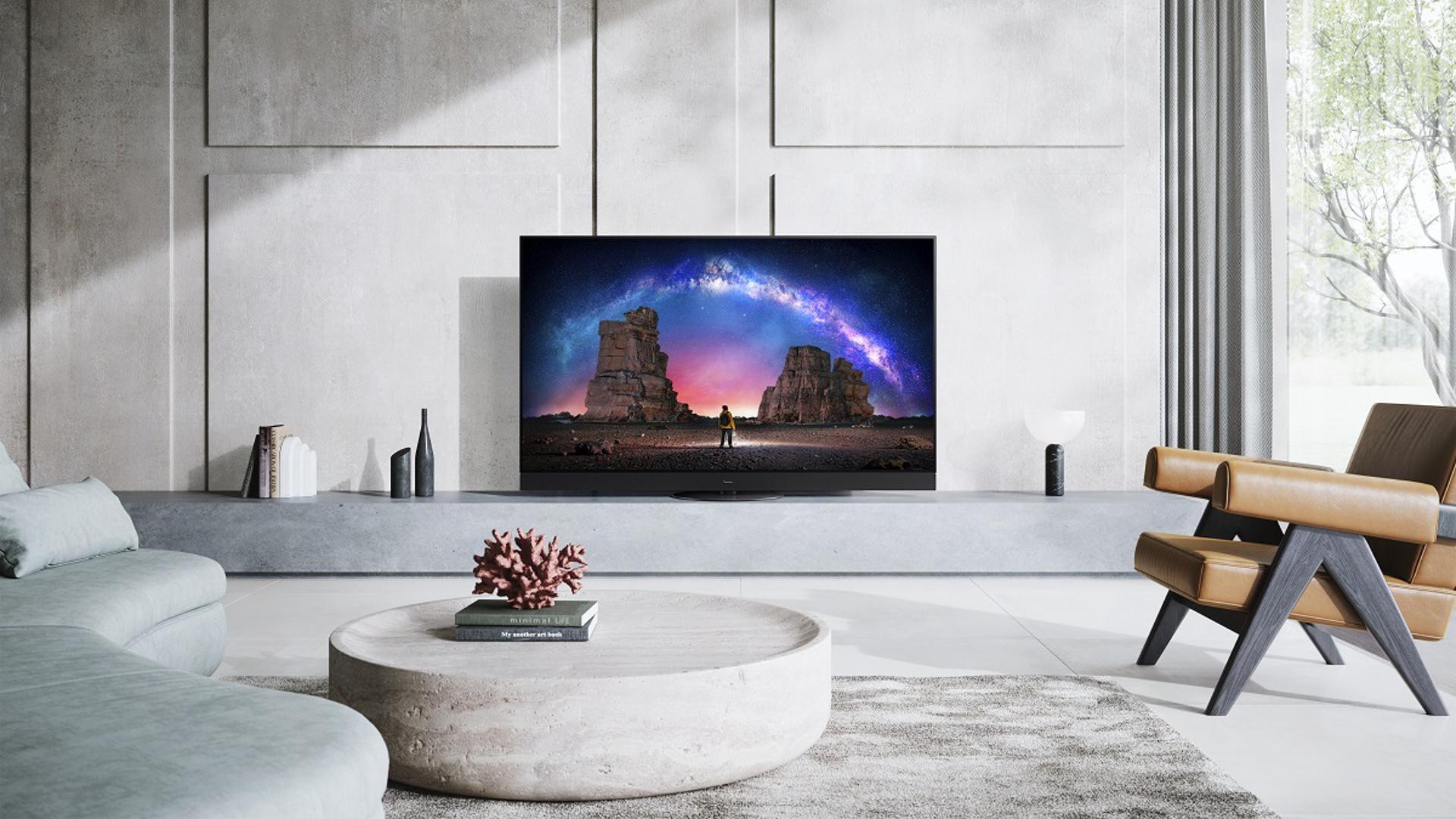
Rounding out our list is a couple of new flagship 4K OLED TVs from Panasonic. The new JZ2000 TVs come in 55- and 65-inch variants, promising low latency, HDMI 2.1 variant and high refresh rates, and a new HCX Pro AI processor. This processor optimizes picture and audio quality based on a library of over a million pieces of AI-analyzed content. TV presets are an old idea, but dynamically adjusting them on the fly will save us from navigating the picture and sound menu labyrinth ever again.
The HCX Pro AI processor promises features for gamers too via a Game Mode Extreme preset. The extra processing power combined with the HDMI 2.1 standard to offer variable refresh rates up to 120Hz, and a reasonably low input lag down to 14.4ms. Although we’ll have to wait to learn exactly how many of these features work at the full 4K resolution.
Other talking points include 800 nits of brightness (up to over 1000 nits peak) in Cinema mode, compared to around 500 to 600 nits you’ll find on other OLED TVs. This should be a boon for watching HDR games and video content, which is supported via the HDR10+ Adaptive dynamic HDR format. Along with the more standard HDR10 and HLG HDR formats.
Pricing and a few of the finer details about Panasonic’s latest OLED TVs will be heading our way in March. Keep an eye on this one if you’re looking for a new gaming TV.
Those are some of the many TV and display announcements from some of the big manufacturers out of CES 2021. Stay tuned for our full CES 2021 round-up and Top Pick awards from the show to come! In the meantime, you can find more great products from CES 2021 in our other roundups below.
